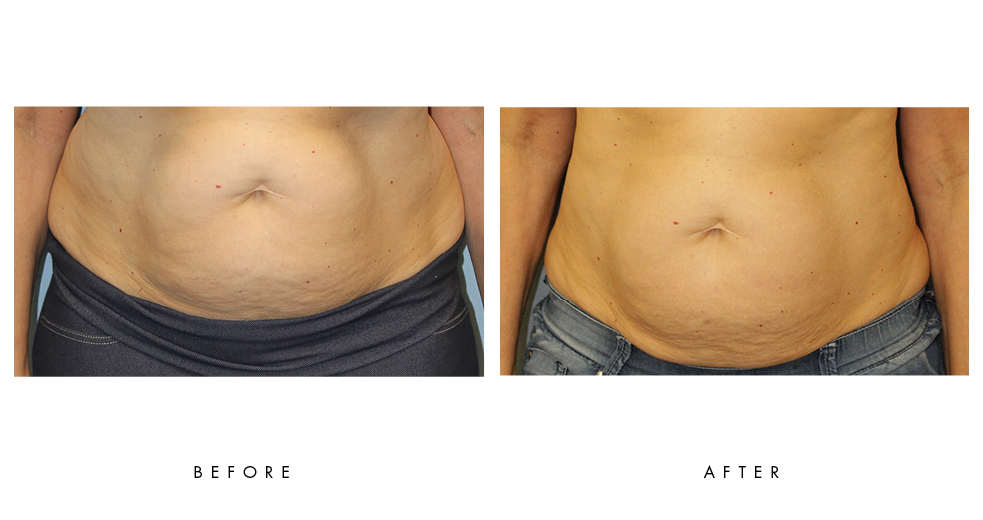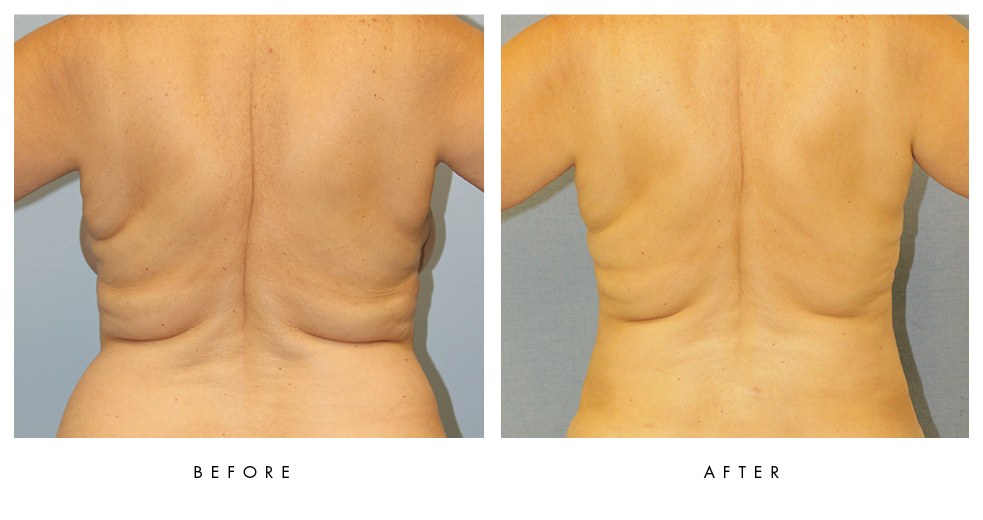BODY SURGERY /
Liposuction
Table of Contents
What is liposuction?
Liposuction is a procedure designed to slim and shape areas where there is an excess fat accumulation in the body thereby improving body contours and proportions.
Advantages of Liposuction
Areas that can be treated using liposuction:
- Hips
- Belly
- Thighs
- Arms
- Back
- Inner aspect of the knees
- Chest area
- Neck
The procedure can be done alone or in combination with other aesthetic procedures such as a tummy tuck, face and neck lift, arm or thigh lift and breast reduction.
Liposuction will not replace diet in the case of obesity but rather is used to contour specific areas and fat accumulation that cannot be lost by diet alone.
Liposuction is not a treatment for cellulite (the uneven, dimpled appearance of skin).
Who is a good candidate for liposuction?
- Adults with firm, elastic skin (and not with loose skin in the area in question).
- The specific area where there is a build-up of fat is an area that does not improve through diet alone.
- You have realistic expectations that can be realistically implemented.
Liposuction Consultation
During the consult, we will get to know one another and we will discuss:
- The reasons you are interested in undergoing liposuction, what expectations you have, what results you are looking to achieve and what can be done realistically to improve the appearance of
- your body. By coordinating expectations, we can increase your satisfaction and alleviate any anxiety you may have regarding the procedure.
- The various options available for achieving the desired results.
- Your health status and medical history, including any drug sensitivities you might have or what medication, if any, you take regularly and whether or not you smoke cigarettes.
- During the consult, you will receive a comprehensive explanation regarding the procedure, where the scars will be located and the recovery process. It is important that you understand the process as thoroughly as possible prior to the procedure.
- It is natural to feel anxious or excited prior to our consultation. Understanding the process will help reduce anxiety. You are welcome to ask any questions you may have and discuss any worries during the consultation.
How do I prepare for the procedure?
- We ask that you have blood tests prior to the procedure.
- In certain cases, we will ask you to have an abdominal ultrasound.
- In the event that you are taking medication on a regular basis, we will determine if it should be adjusted for the procedure.
- Avoid taking blood-thinning medications such as aspirin for the two weeks leading up to the procedure and avoid taking anti-inflammatory medications such as Nurofen, vitamin E and Omega 3 for
- two weeks prior to the procedure as they can increase the risk of bleeding.
- Please reduce cigarette smoking as much as possible prior to the procedure.
- Please arrange for a companion to pick you up from the hospital after the procedure and to stay with you for at least one night following the procedure.
Steps of Liposuction
Step 1: Anesthesia
The procedure is performed under general or local anesthesia, depending on the type of procedure and your preferences.
Step 2: The Incision
Liposuction is performed through very small incisions (typically 1 cm in length) in hidden areas.
- First, a solution of local anesthetic is injected into the area in order to limit bleeding and trauma.
- A thin cannula (medical tube) is inserted through the incisions in order to break down the fat. The fat is then removed from the body through the cannula.
Step 3: Suturing of the incisions
- The incisions will be closed using dissolvable stitches only.
- There is no need to have the stitches removed.
- The incisions will be covered with dressings.
- The length of the procedure depends on the extent of the liposuction being performed and the number of areas being treated.
Step 4: The Results
The final results will be apparent within a few weeks, as soon as the swelling subsides.
What should I expect from the recovery process?
- A dressing or surgical tape will be placed over the incisions at the end of the procedure.
- You must wear a pressure garment for 6 weeks following the procedure. The purpose of the pressure garment is to reduce swelling as much as possible during the recovery process.
- Following the procedure, you will be transferred to recovery and from there, after a few hours and once you are stable and alert, you will be discharged home. In the event that you wish to stay in
- the hospital overnight, we can arrange that prior to the procedure.
- Before you are discharged, you will receive detailed post-operative instructions regarding what you can expect following the operation.
- Avoid athletic activities during the first 6 weeks after the procedure with the exception of walking.
- You may take pain medication according to the detailed postoperative instructions you receive. Most patients take pain medication during the first week after the procedure.
- Update your physician regarding any changes in your health status.
- Postoperative follow-up visits to monitor your recovery will be scheduled during the 1st month, 3 months, 6 months and 12 months after the procedure.






